Reaching Nordkapp was definitely a highlight, correction, probably thehighlight of our European trip so far, but that doesn’t mean there’s not a lot of great stuff left to see in Norway. In fact, Nordkapp is really just the beginning of some of Norway‘s most famous sites and most stunning scenery which lies further down the west coast – the Lofoten islands, the West Coast fjords, the historic and beautiful cities of Tromso, Trondheim, Alesund and Bergen. Yes, there was much much more of Norway still to see.
First there was a little retracing of our steps to Olderfjord before turning off on the E6 and then heading south. The E6 pretty much runs down the backbone of Norway and whilst it was not our plan to follow it all the way it’s unavoidable in parts. We would do many detours off it.
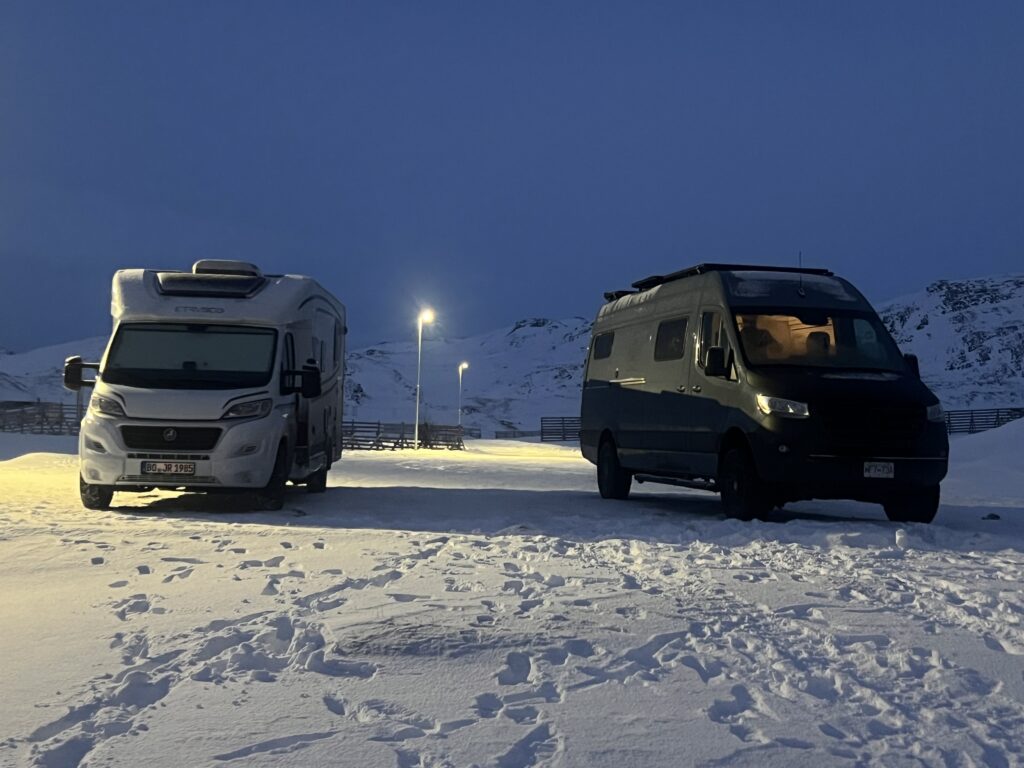
The first of those detours was to Hammerfest, a place that bills itself as the “northern most” city in the world. Smaller Honningsvag ( to the north ) now disputes that title but the good people of Hammerfest will have none of it claiming only they have the prerequisites to be called a proper city! The route out off the E6 was a bit shaky with lots of road construction but once there and parked up at our viewpoint high above the city, the views of Hammerfest and beyond were simply stunning, most notably at night when the city looked just amazing in all its lights with the backdrop of fresh snow everywhere.
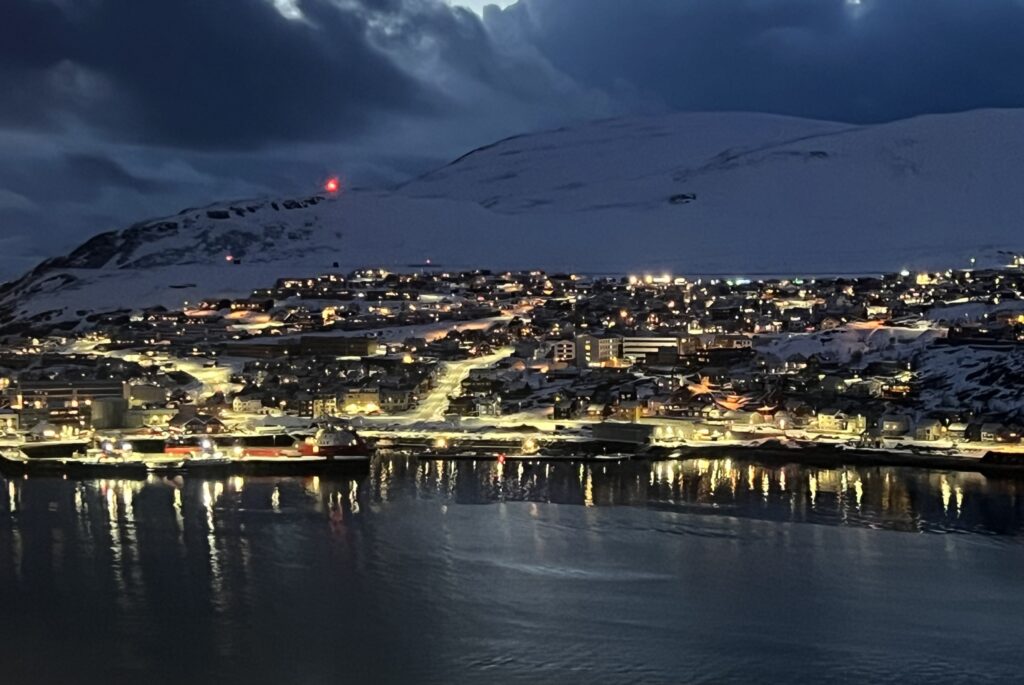
Tromso was our next “planned” stop although events were to overtake us just south of Alta on the way there. That route is stunningly scenic, crossing high mountain passes, beautiful fjords and picturesque Norwegian towns – while we did manage to catch all of that it was in circumstances far different that we had anticipated. In short, we had a major mechanical crisis with the vehicle – it all ended well ( if somewhat expensively ) but for a full day and a half we lived on pins and needles. I have added the story as an addendum to this blog. Sorry, it makes for a long one this week – if you are not into the minutiae of a mechanical drama then by all means give the addendum a pass, although it does give a VERY realistic example of what life is like “on the road” when things go spectacularly wrong – when living the “dream” briefly became living the “nightmare” ! So I will kick on now from Tromso ( and include a few images of the ( still wonderful ) scenery between Hammerfest and Tromso immediately below.

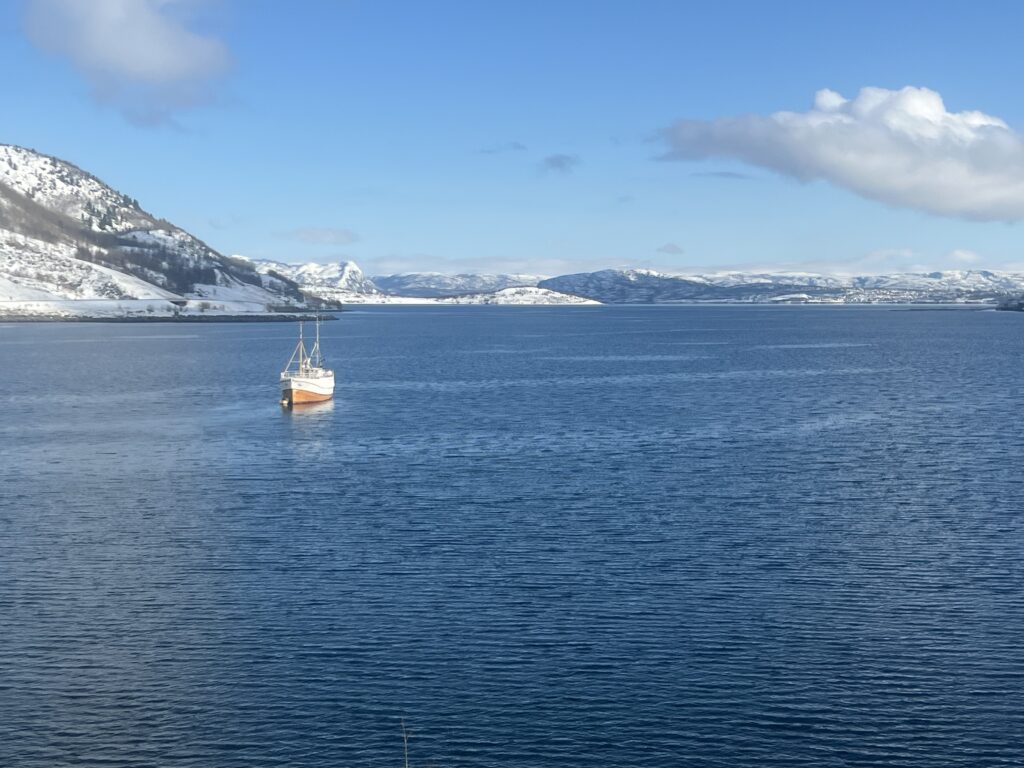
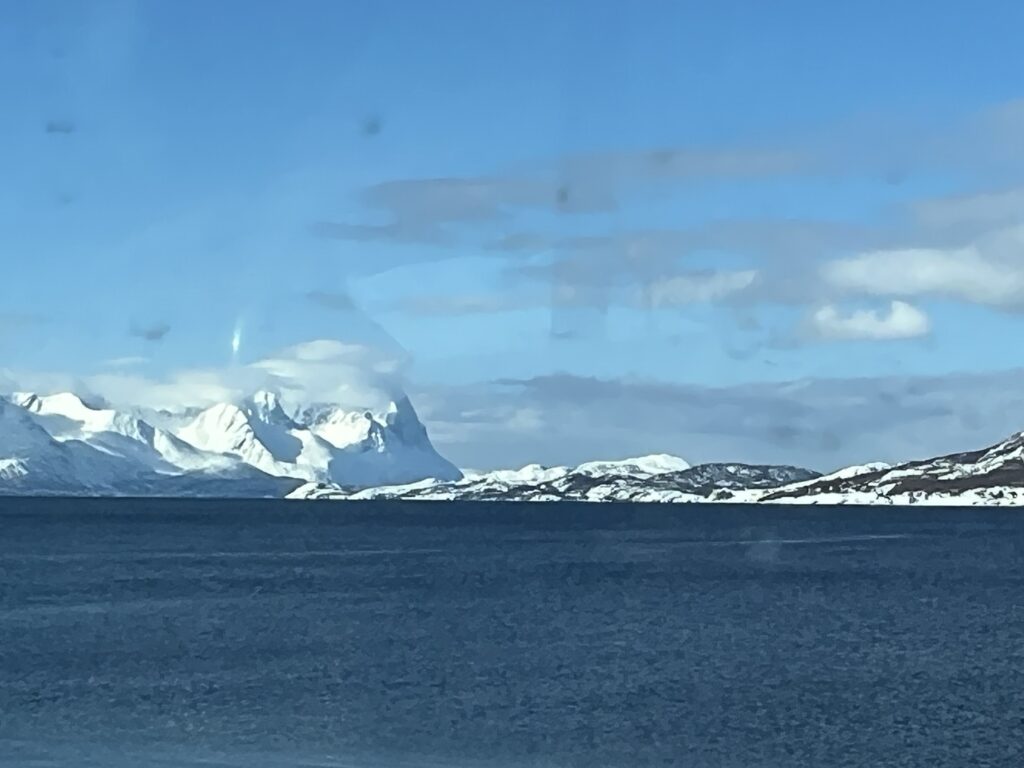

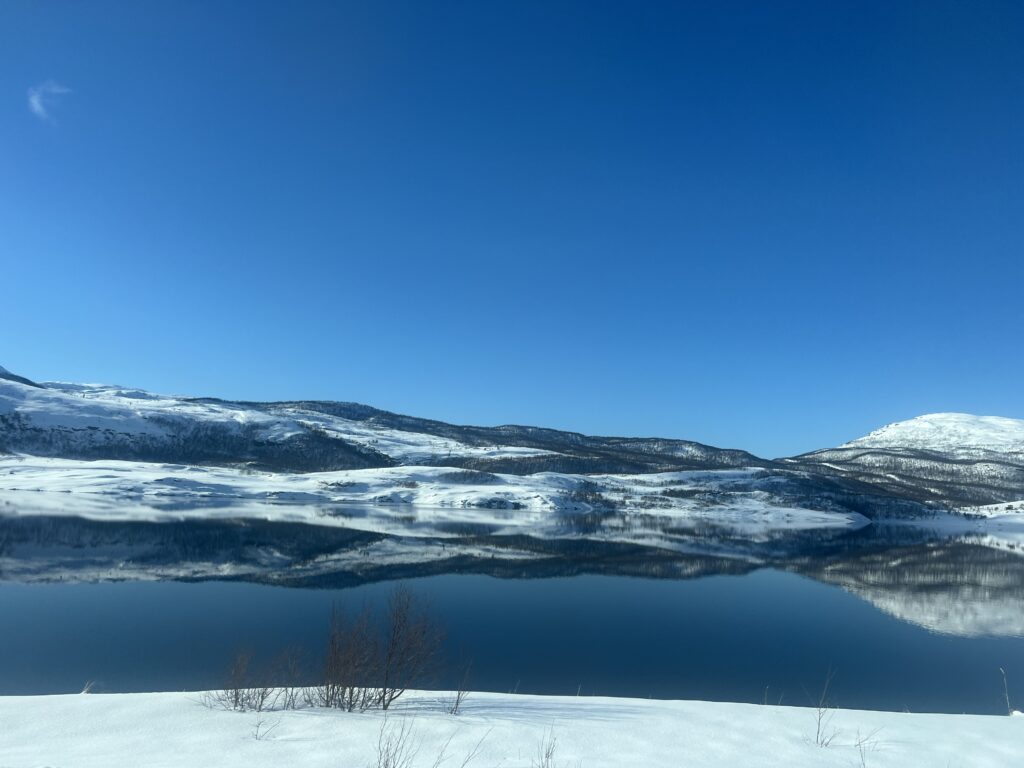
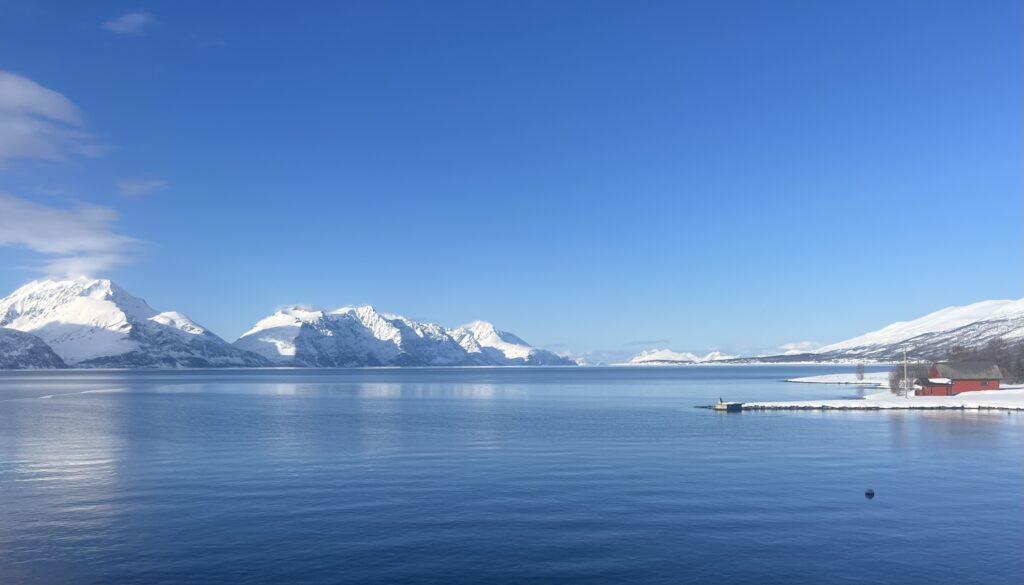
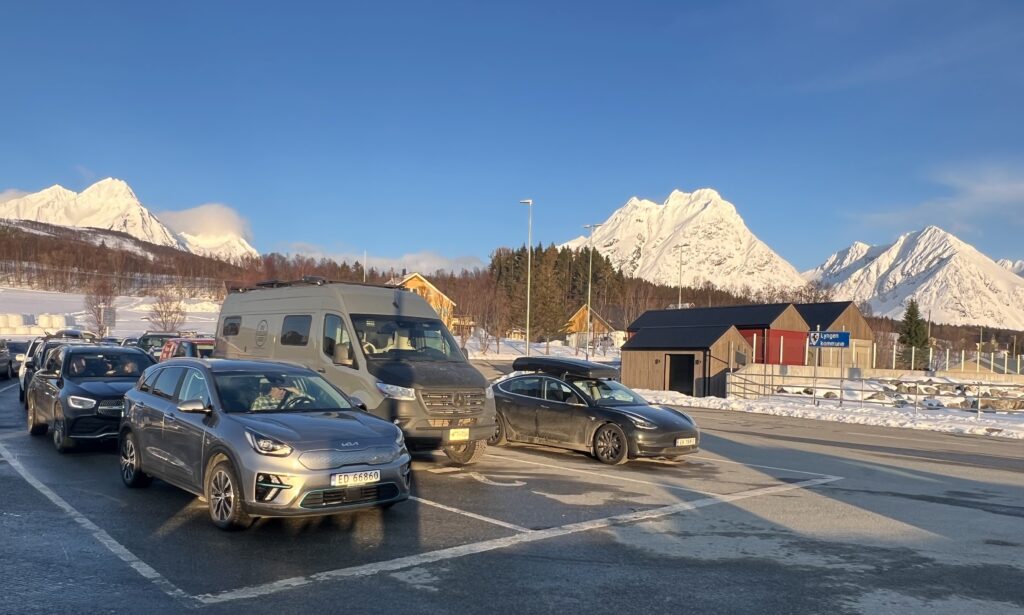
With our vehicle issue quickly resolved by Mercedes Tromso we set about enjoying the city. Another “most northern” slant – it has the northernmost university in the world and, on a more culinary note, the northernmost McDonalds ! Likely there were even more “most northern” claims but we lost track and just enjoyed what were the two most spectacular sightseeing days in Norway so far. The Tromso setting is stunning ( it sits on an island, in a fjord ) and is rimmed by skiable mountains. It’s an easy city to walk and we just enjoyed soaking in all it had to offer.
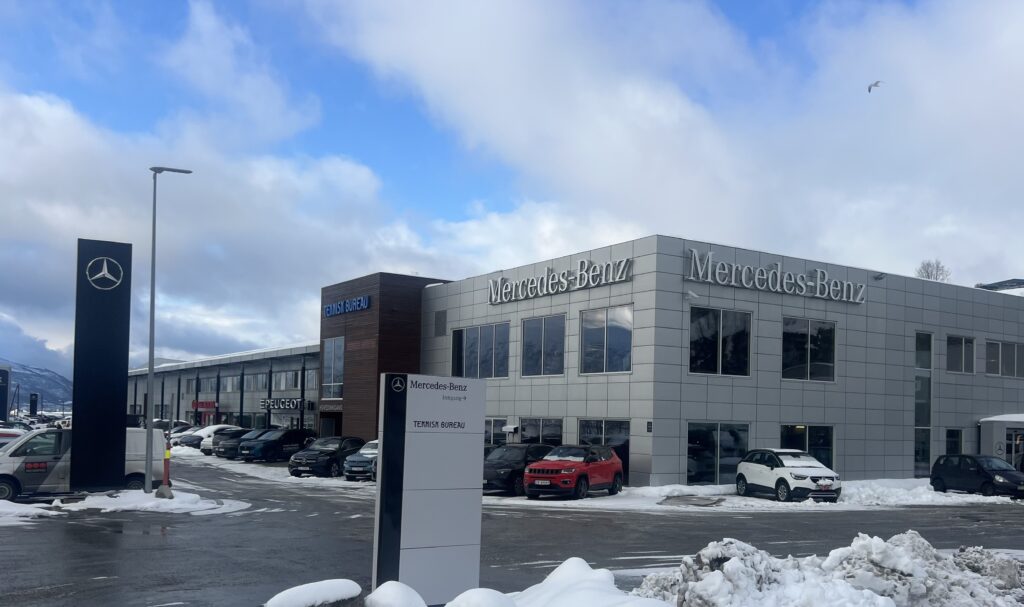
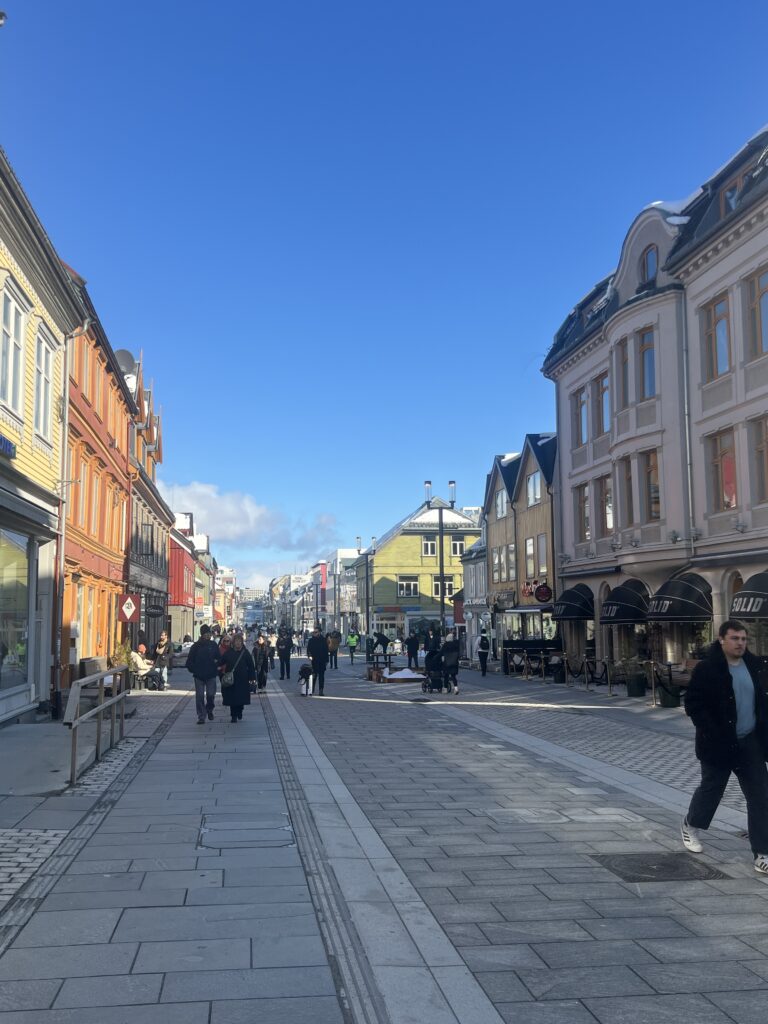
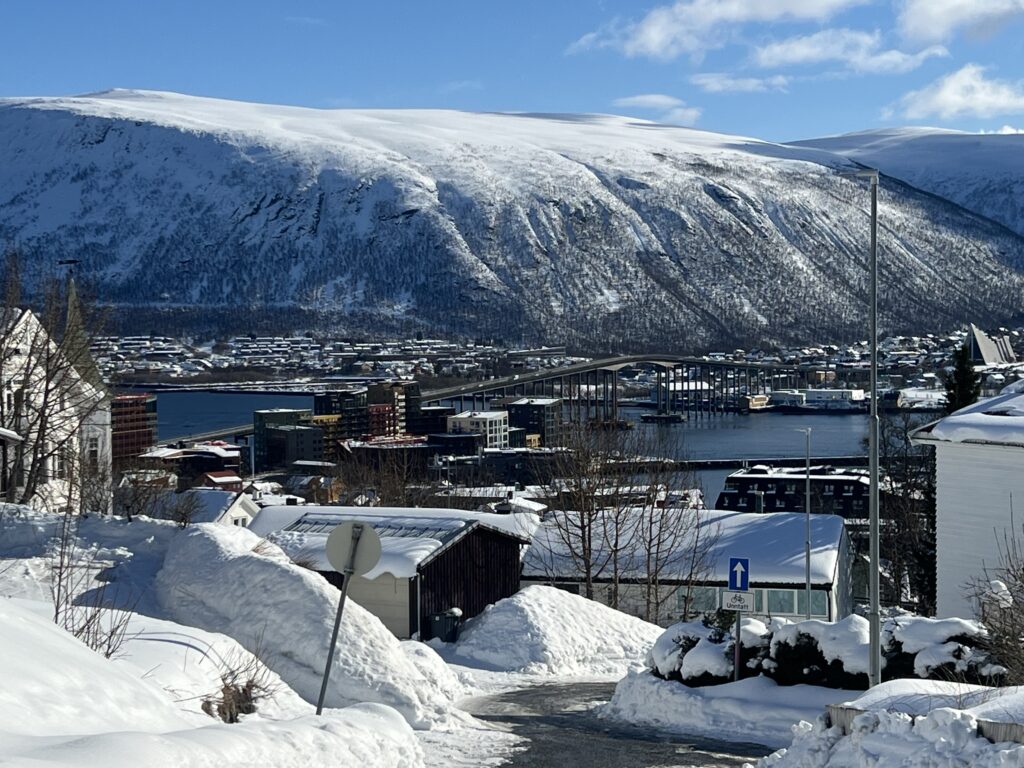
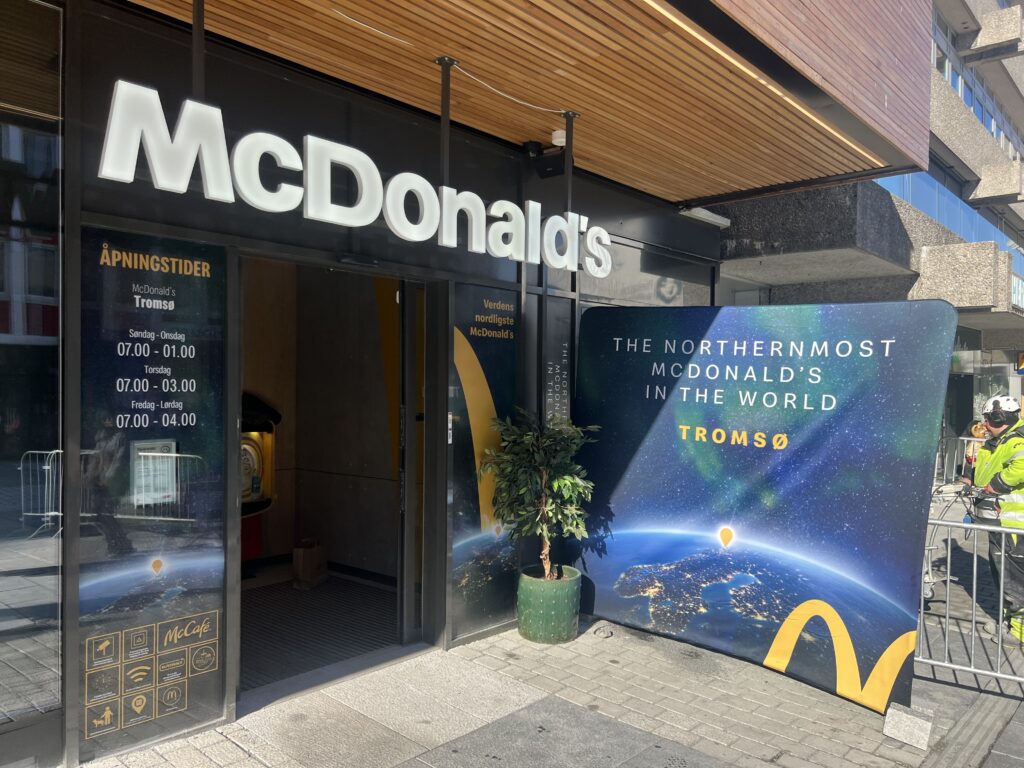
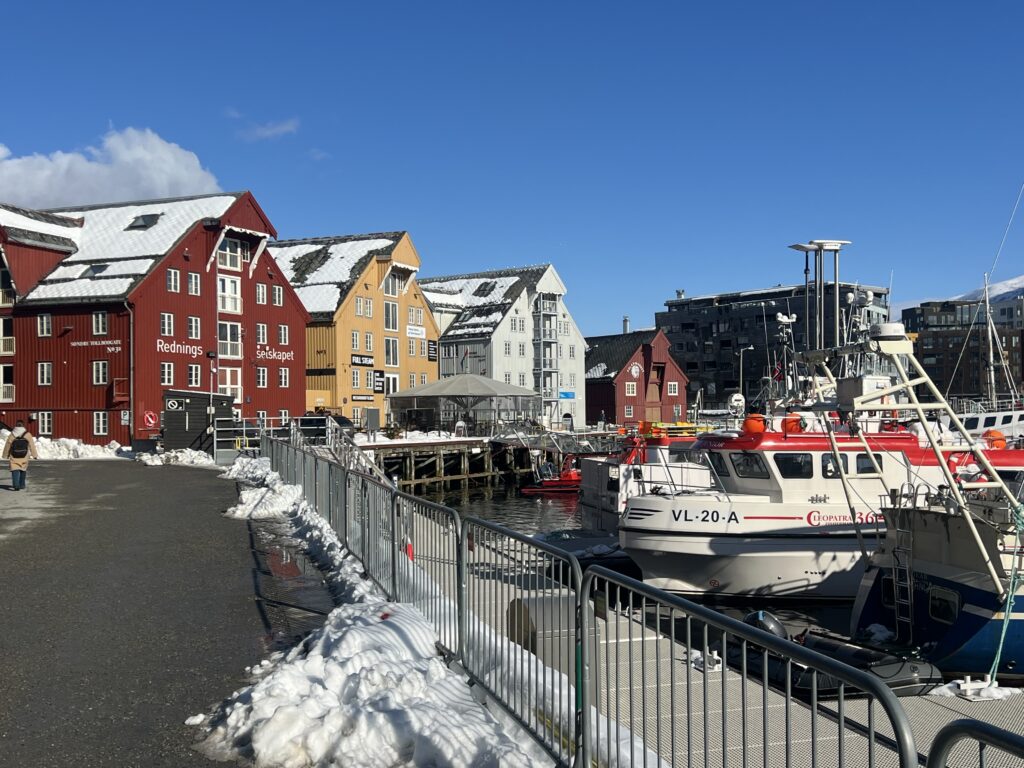
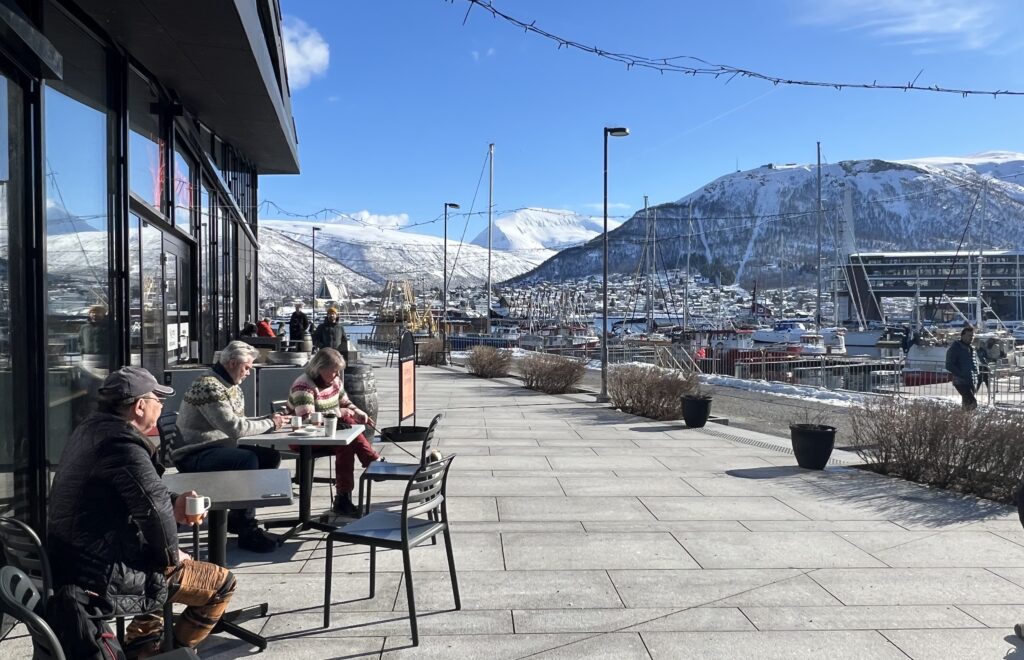
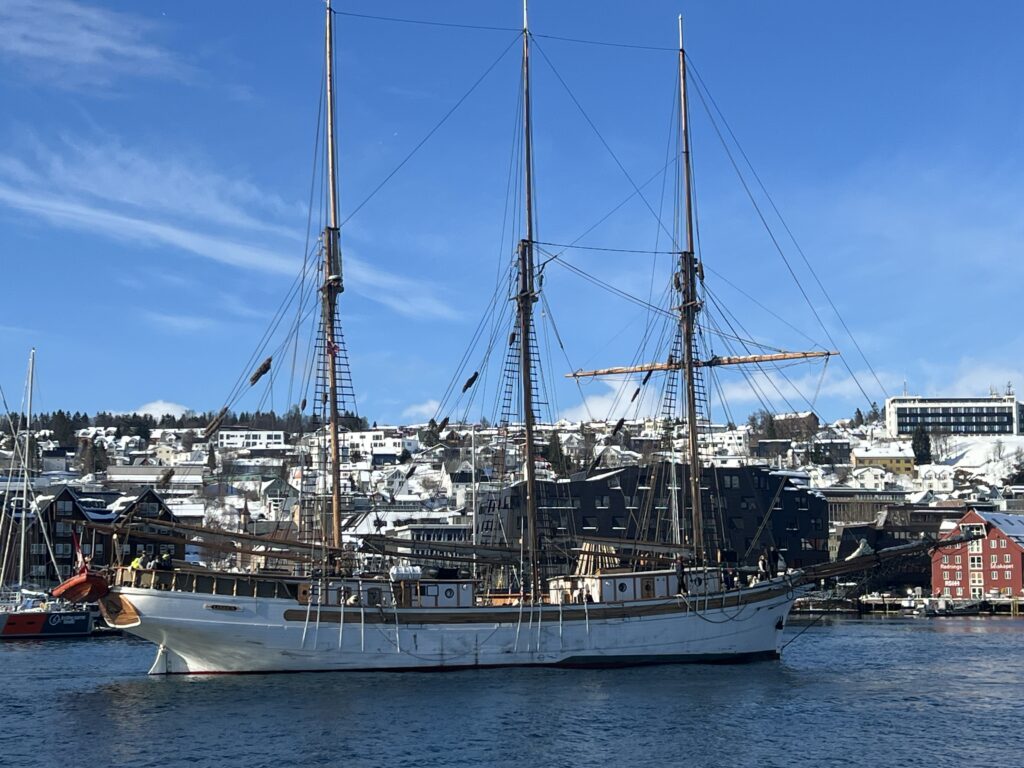
Rather disappointingly, the bad weather gods resurfaced for a few days after Tromso to ensure that our travels on to Narvik and on all the way to the tiny town of Å at the very end of the Lofotens was basically a washout – a combination of rain, cloud and periodic fog meant that we were left only to marvel at “what could have been” (with a sunny backdrop), vs what we saw, mostly in very overcast conditions 😔. No other way to say it but this segment of the journey was a huge disappointment. C’est la vie.
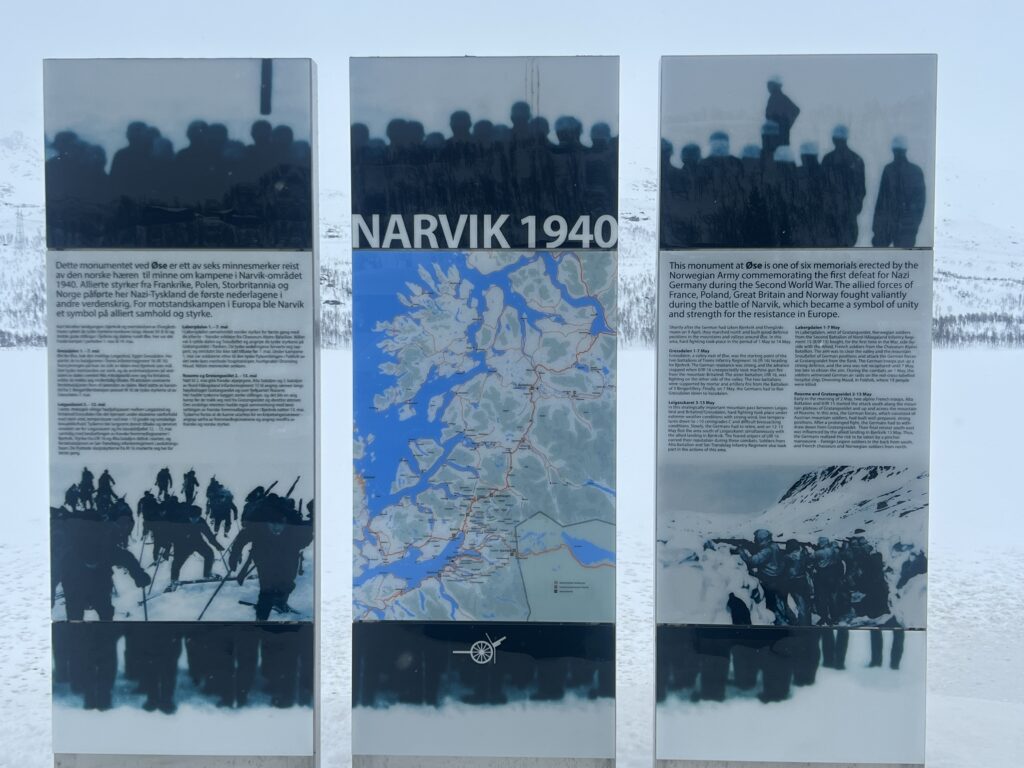
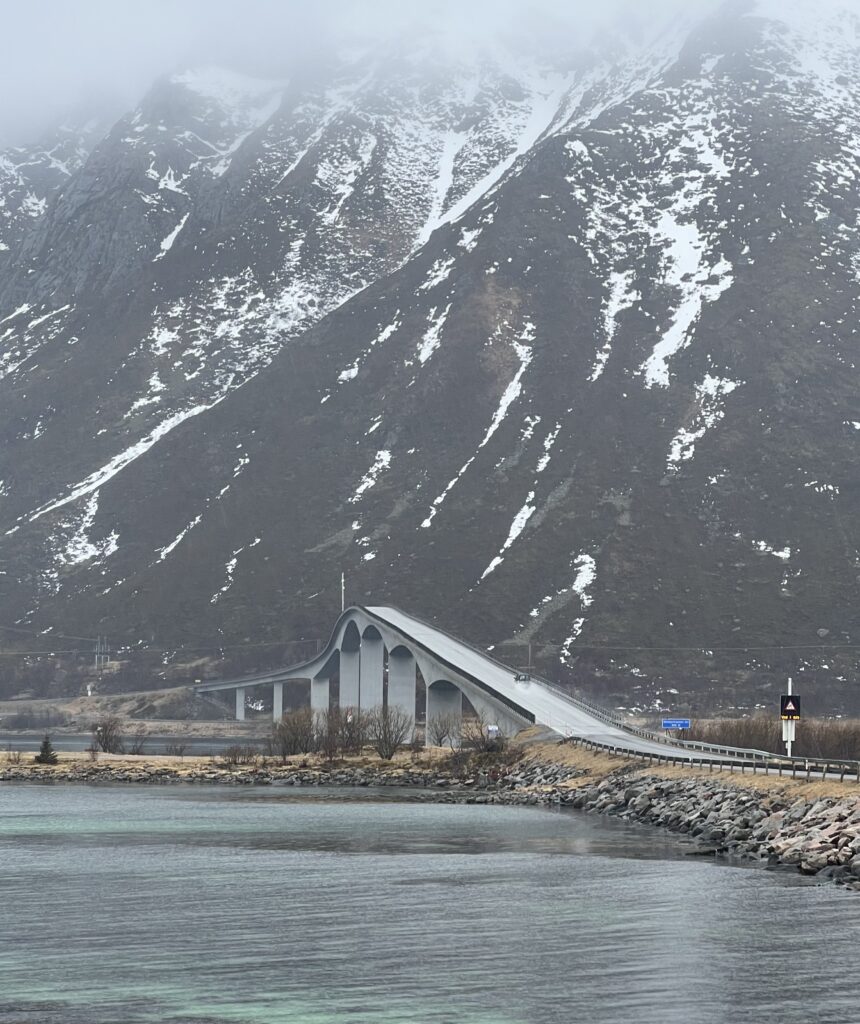
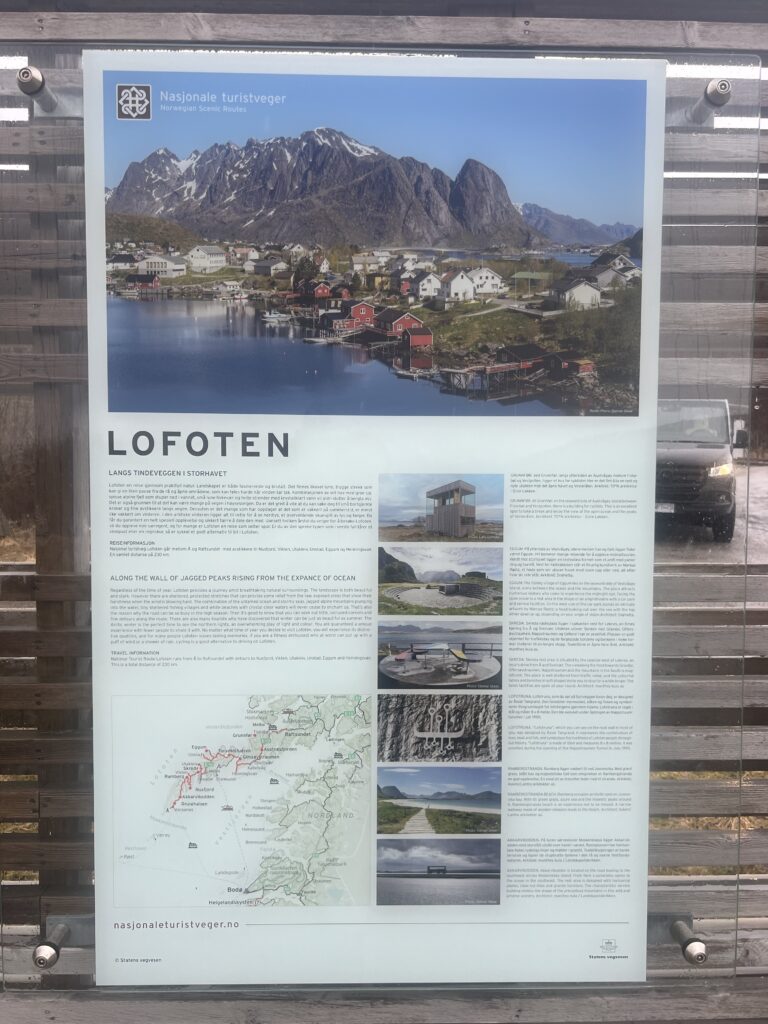
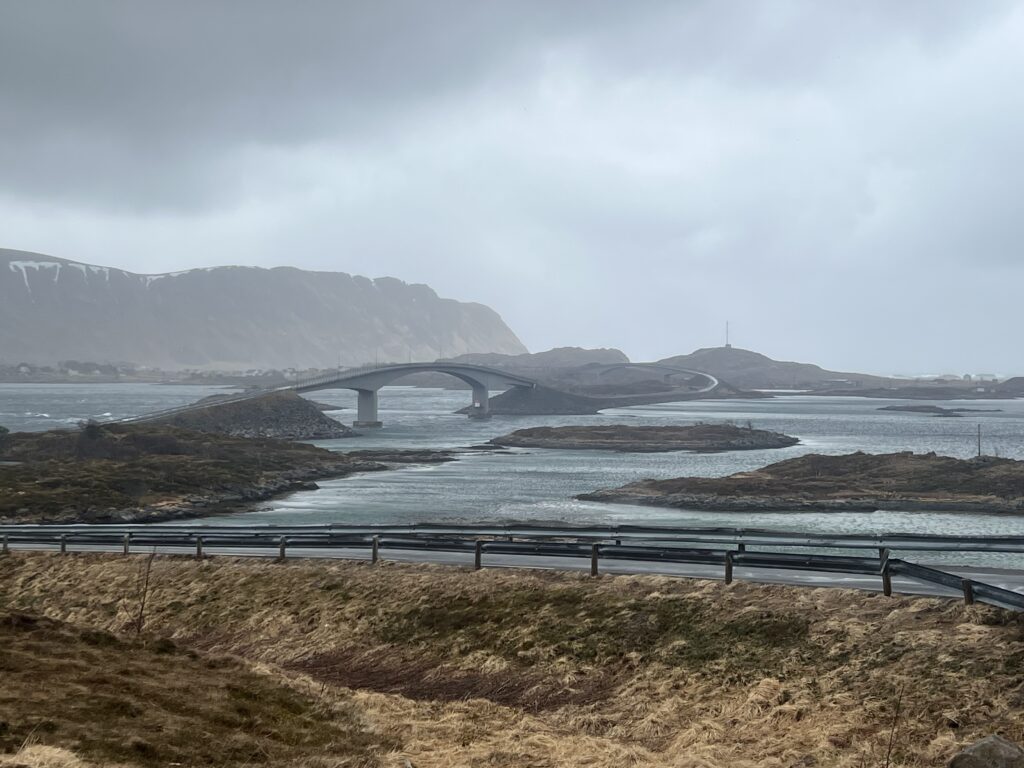
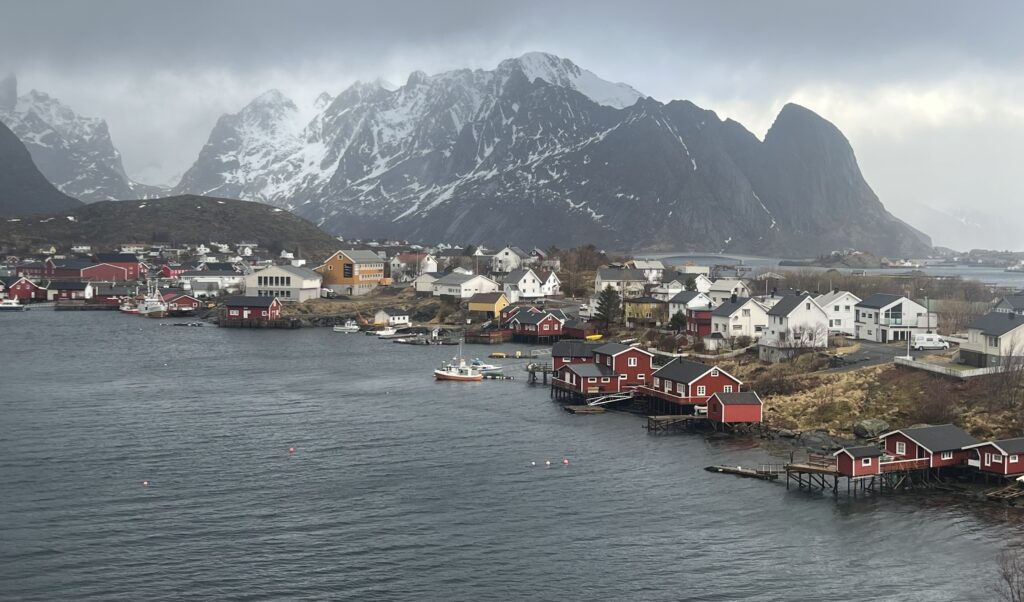

We’ll continue the Norway journey on our next blog with the drive on to Bergen, taking us through Andalsnes, Alesund and Geiranger – some of Norway’s very best scenery.
Till next week….
Addendum: When Things Go Spectacularly Wrong !
This is a read ONLY if you are curious as to what kind of freakish part failure we had near Tromso and the complications that ensued – all caused by an ill-fated tour to a remote WW2 museum that I just HAD to see. Ironically, it’s often the case that a moment of great joy, delight, achievement, or a sense of “mission accomplished” is followed by one of disappointment, or (in our case) major drama; such was our experience on the next leg of our journey.
It all started so well. As we drove south from Nordkapp, the roads were good, the day was mostly clear and we reached Hammerfest without incident. Found a magnificent spot to park up on a lookout above the city and spent the night there with a couple of other campers. Hammerfest looked beautiful all lit up at night with snow capped mountains in the background.
The next morning, we found our way back out onto the E6, Norway’s main connecting highway. We were heading towards Tromso but not expecting to get to Tromso that day. Just outside of town the city of Alta, which sits on a beautiful fjord, I noticed a very small sign which said “Tirpitz Museum”. Allow me to digress to a little more World War II history for a moment – the Tirpitz was a giant German battleship that was sheltering in part of the Alta fjord in World War II when it came under British attack and was later sunk. I knew about the story, but was not aware that we were actually in the very fjord where that event happened. Of course I had to spin around and check out this museum ! We turned off the highway followed the signs down a narrow road, turned off beside a small church and followed the sign on another narrow road to where the museum was located – only to find that, you guessed it, the museum was closed. Now I had back out. It was a very tight space requiring two very tight 3 point turns. Little did I know it at the time but this little museum adventure would lead to a very costly vehicle repair and almost a full day and a half of massive stress for us both.
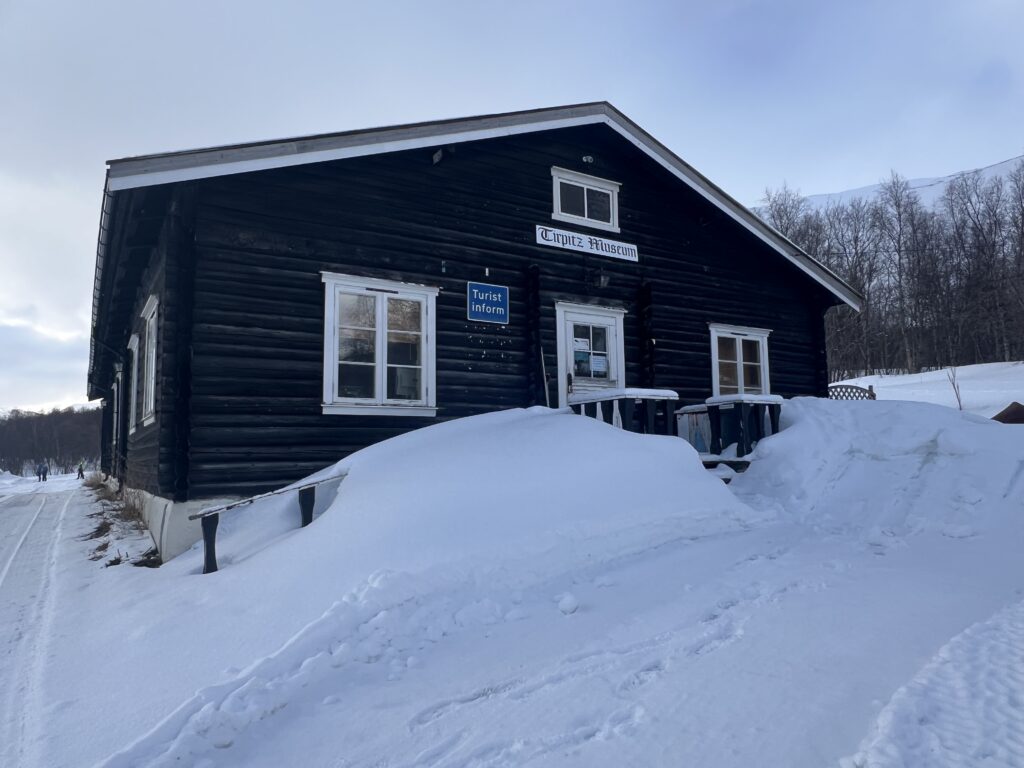
No, sooner had I made the turn than a red warning light appeared on the dash. Now, yellow lights are a caution, but red lights indicate something potentially much more serious is wrong. Checking the owners manual, that specific red light indicated possible loss of brake fluid – obviously a very big concern. Seemed odd because the brakes were working just fine. I lifted the hood and looked at the brake fluid reservoir. There were no leaks. Everything was tight. The cap was on and the fluid level was fine. Again I tested the brakes. They worked fine. Drove a little away on a flat road, tested them again. Still fine. Hmmm, possibly the red light itself was the problem but better get it to a service area to have it checked out – ASAP !
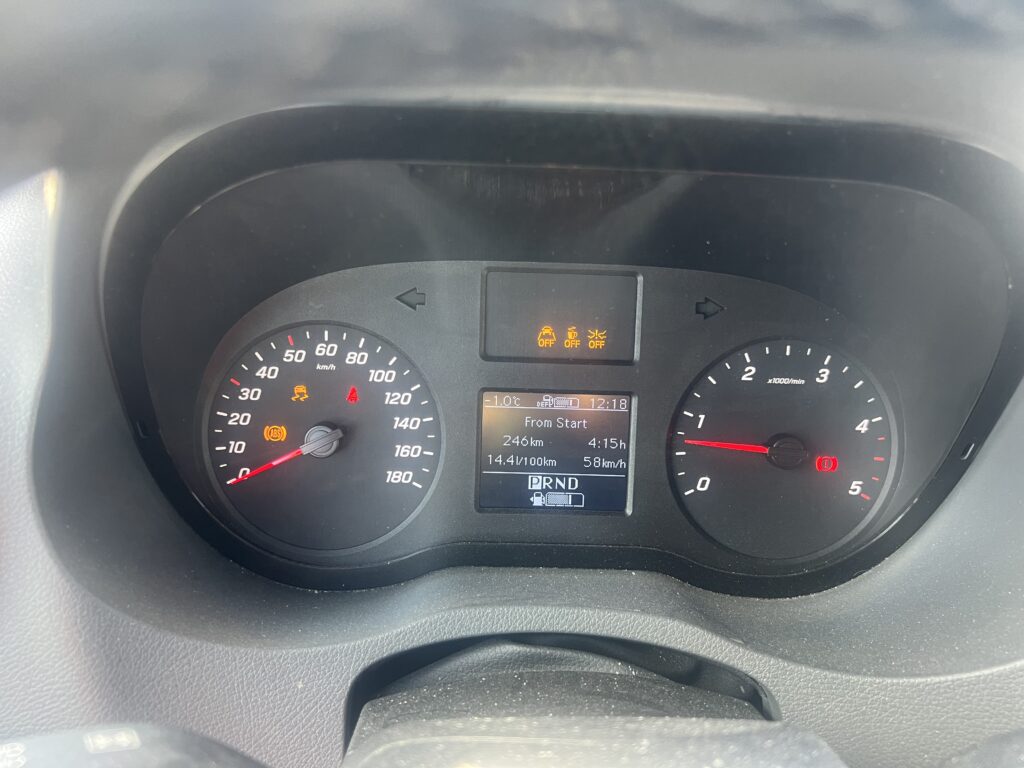
Tromso was 280kms away through mountainous terrain but was the only reasonably close place with a Mercedes dealer. It was Sunday morning so nothing in Alta was open anyway. Cautiously we decided to press on towards Tromso. This seemed like a good idea at the time but things would soon get worse, much worse – the proverbial “everything that could go wrong, did”, situation!
Initially there was just one “general” red light on indicating a specific problem existed that we knew we didn’t have. But soon more lights followed, and in rapid succession.The dashboard suddenly lit up like a proverbial Christmas tree, with each successive light triggering a warning about another specific “inoperable” problem:
First, the crash avoidance sensor ( which normally alerts you when you get too close to the vehicle ahead ) – inoperable ! ( sorry, no image of this one )
Second, the lane departure warning sensor ( which normally alerts you when you put a wheel over the centre line on the road )- inoperable ! There was more.
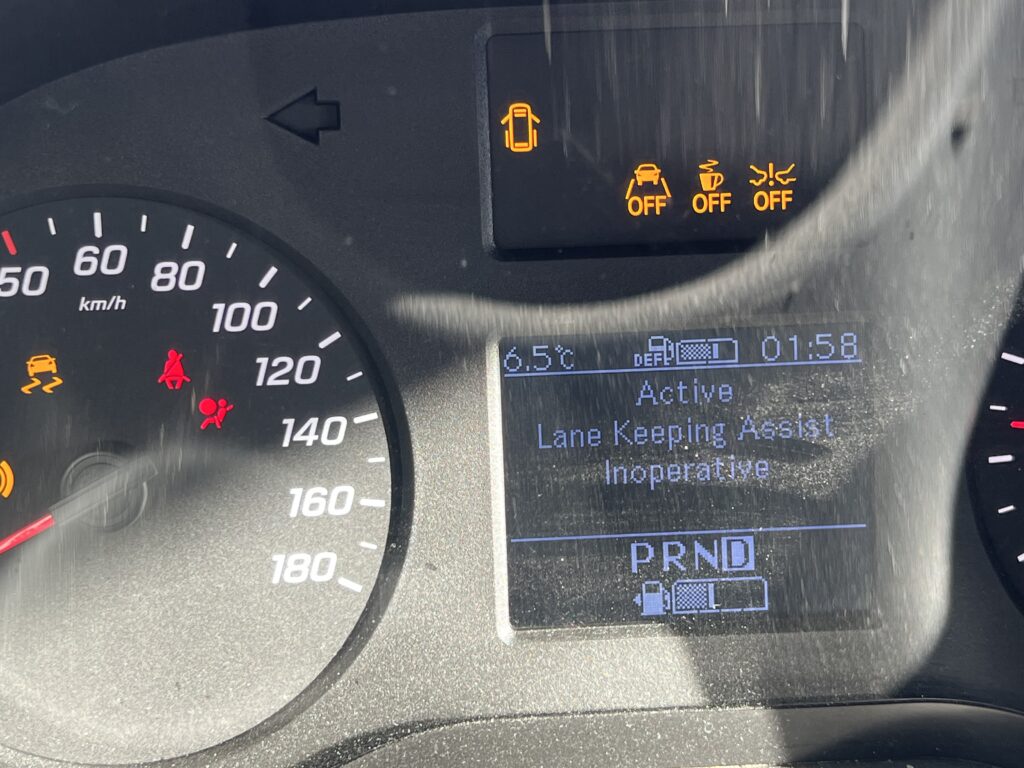
Third, the ABS sensor ( which of course gives you considerable breaking assistance on a slippery surface ) – inoperable !
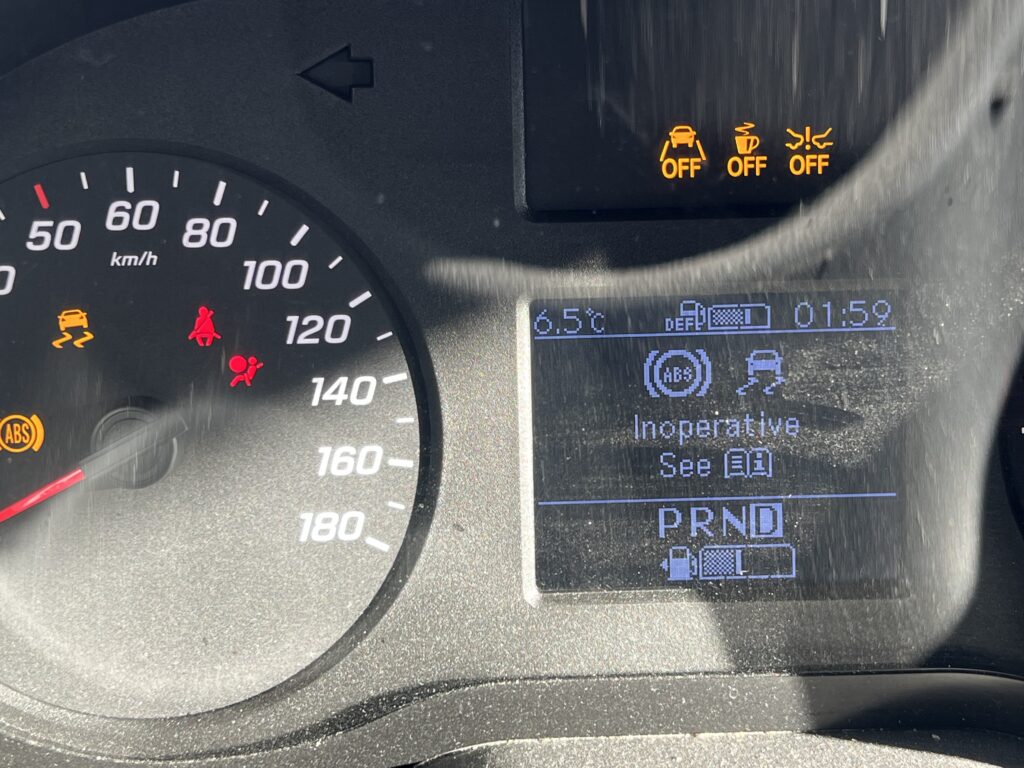
Fourth, the SRS sensor ( safety belt restraint system ) – “service now”, it screamed. Oh my god – what was happening here ? We immediately pulled over.
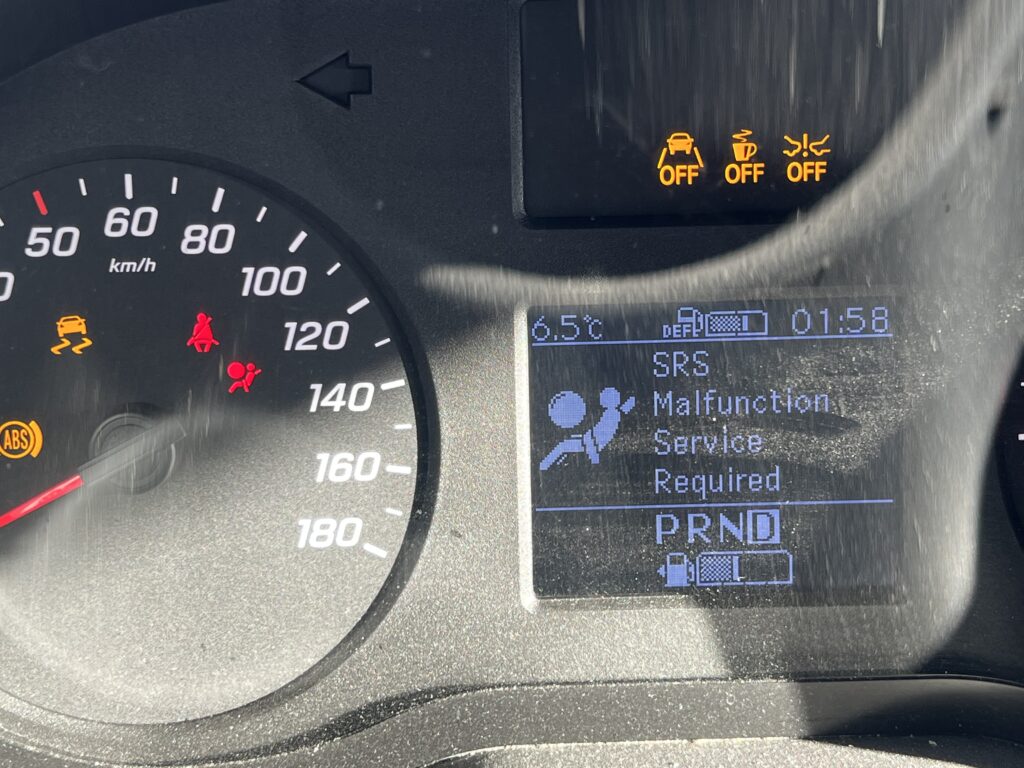
Now, as frightening as this sounds ( and I am no mechanic ), it was very obvious to me that these things were all directly connected since there was just no way that that many things can fail on any vehicle anywhere at the same time. Something had come loose that tied all these things together, I just knew it. I looked under the hood again nothing out of the ordinary there, everything looked exactly as it always had. Since it was likely brake related, I decided to have a look in the front driver side wheel well to see if I could see anything amiss there. There I found the initial culprit and the connection to all the other lights – the ABS sensor cable ( I’ll come back to the Tirpitz museum connection later ).
Hanging from a huge clump of ice, it had been severely stretched under the weight of the ice and had become separated from the point at which it is connected to the disc brake. We’d been driving in very slushy conditions at just below freezing temperature and the mass of ice that had accumulated weighed heavily on this cable. Having driven on a highway for several hours, I had no need to turn the steering wheel very far but when I backed out of the tight Tirpitz museum parking lot, I had to do two very tight three point turns and it was obviously the second one of these three point turns that stretched the cable so far that it separated from its connection to the disc brake ( that was my assumption anyway, but the Mercedes mechanic in Tromso confirmed later that it was exactly what had happened ). It now made sense why all the other lights went on since they were all, directly or indirectly, connected to the braking system – brakes which still were working perfectly fine, just without ABS assistance.
Confident now that we only had one real problem ( and could safely carry on to the closest dealer ), we opted to do that, lowering our speed, giving further clearance between us and cars ahead and keeping it in 4wd for maximum possible traction as it was still snowing on and off. Onwards we went and for quite a while all was well – until two separate events would suddenly make things very much worse for us.
The first was an accident that blocked the mountain we still had to pass. In and of itself, not normally a problem, but the hour and a half delay forced us to drive much later in the day when the temperature was well below freezing and darkness was falling. Never ideal, much worse in our circumstances. The second event was that the general check engine light had now came on. This was hardly surprising given that so many other lights were on and we didn’t think too much of it until we came to the next big hill. Suddenly the van had much less power than it should have had. While shocked to put my foot to the floor and feel the vehicle still slowing down, here at least I knew immediately what the problem was. The van power supply was cut deliberately by the system to try and force us to get it to a dealer ASAP( which we were doing, as best we could) ! A kind of “limp mode” warning, if you will. Needless to say this made the last 100 kms of driving to Tromso a real challenge but with careful use of the lower gears, we managed to limp into Tromso and park ourselves right in front of the Mercedes dealership. Never have we been so happy to see one !

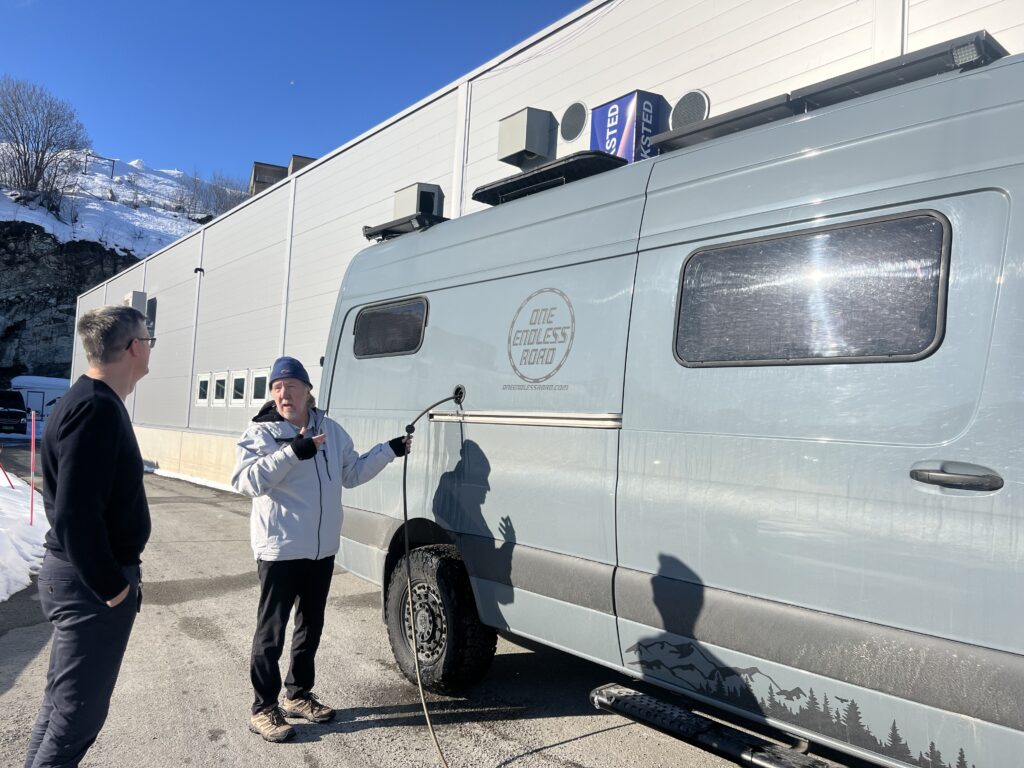
The next morning the dealer saw us first thing and by late morning I had an email confirmation that in fact both front ABS cables had separated and needed to be replaced. The good news was that they could have the cables delivered early the next day and installed on the spot getting us on our way quickly. The bad news was these were not cheap – the bill came in at twice what we had expected. The Tirpitz Museum, henceforth to be known as the most expensive museum we’ve never visited. Ouch !

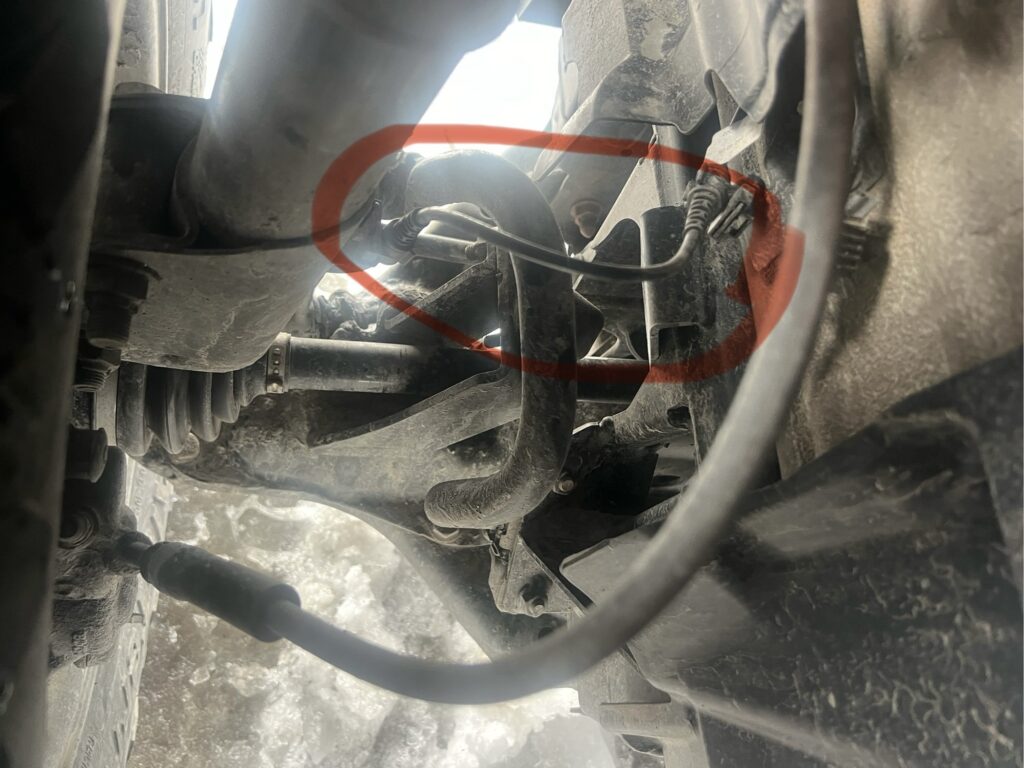
So, that’s what a bad couple of days can look like on the road. Luckily, as scary as it looked, it was easily fixable, and the dealer was great ( allowing us to park there overnight, stay in our van and even topping us up with water ) – parts, fortunately were not far away. I will say, though, when this happens in winter-like conditions, when you are 400kms above the Arctic Circle, and you don’t know at the time that it’s going to be a happy ending, it’s incredibly stressful. Glad it’s behind us….🙏🙏

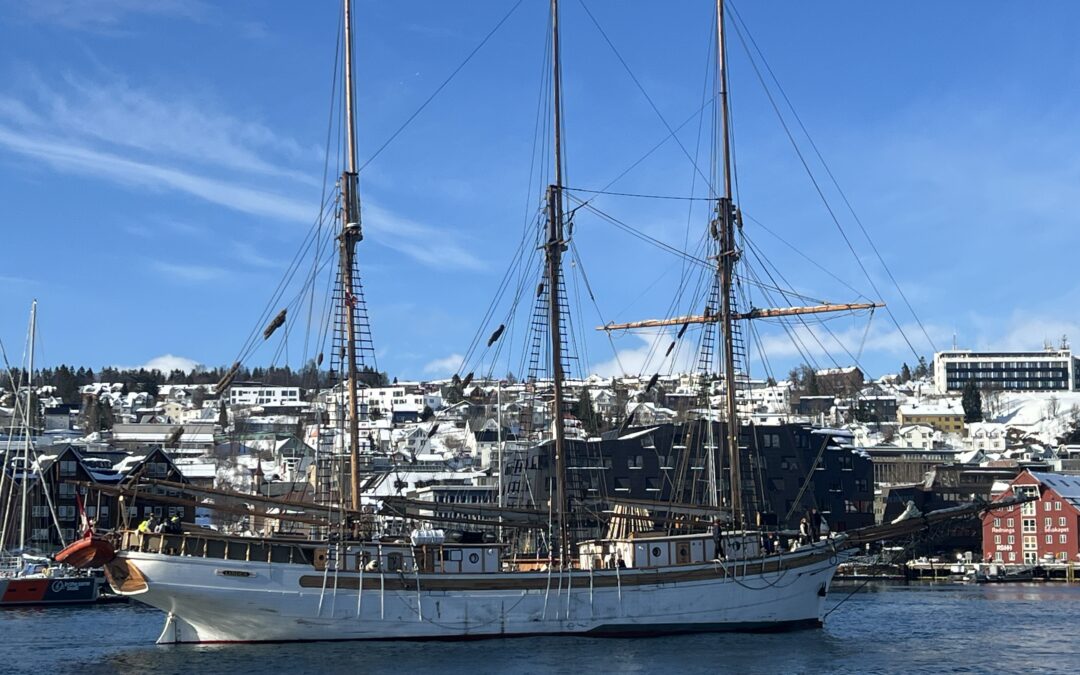
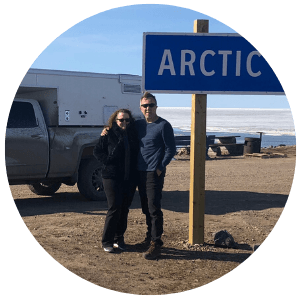
Norway was my dads favourite country when he played soccer. It looks beautiful. Is it a design flaw that Ice can build up on those brake lines and cause catastrophic problems. We had a problem with our ML 320 that should never happen. . I’ll share when we see you. Thank goodness there was a
dealership. Can’t imagine the stress levels. Ended happily though. Phew. You’ll never forget the museum side trip. On to the next- less expensive-adventure.
Hi Penny,
We are sure glad you are now back in Canada and we both hope Charlie is making good progress with his recovery. Yes, we will get together when we get back home, it won’t be long now.
I asked the guy in the Mercedes dealership in Tromso You pay eight euros, so $13 if he had ever seen this problem and he said no. So it must be quite rare, but of course that did not help us…! Be very curious to hear about your own similar experience when we return.
Take care and we look forward to meeting up in summer !
When one has a sunny mind beauty is felt regardless of weather! The two cities argue as the ones down south do, Ushuaia (featured in your blog, and experienced self thereafter) and tiny Puerto Williams, but that involves two countries, Argentina and Chile. Now in Himeji, Japan (thanks for the advice) you continue to promote the joy of travel. Tirpitz Museum next time!
Ha ha – Tirpitz Museum, never again !!
Glad you are enjoying Japan, look forward to a good chat when you return. Himeji is amazing.
Ha! Of course the mechanic is named “Geir”!!
Good point ! He was very good to us, made us happy campers again ! We were stressed as we arrived 😳 !